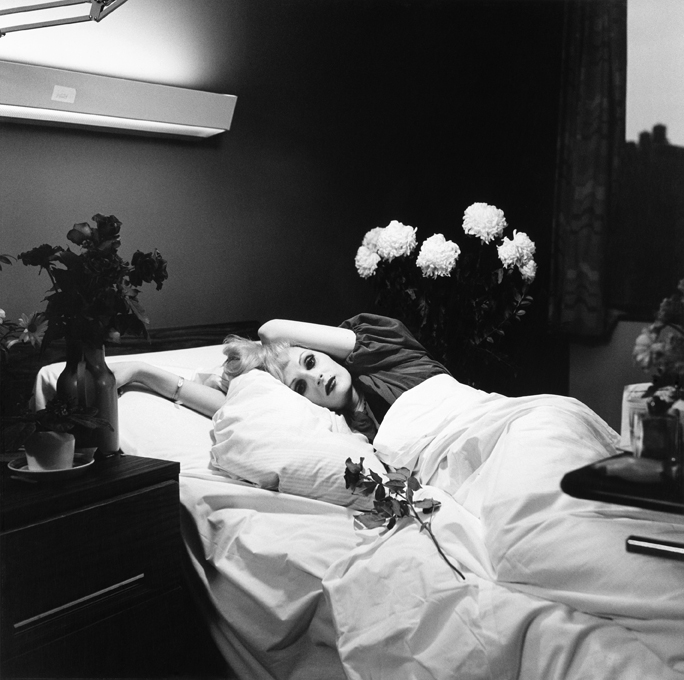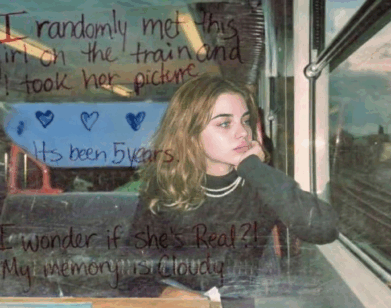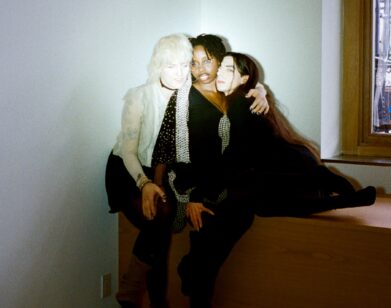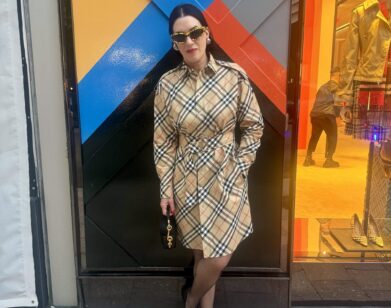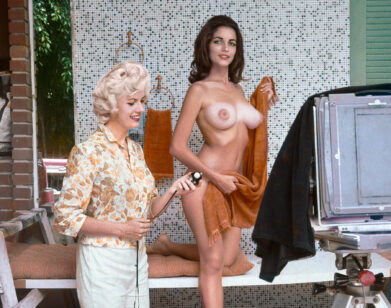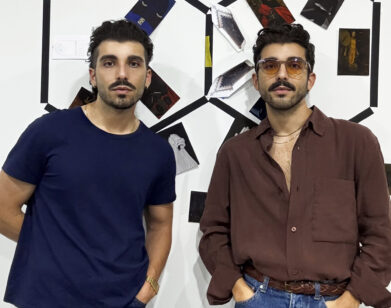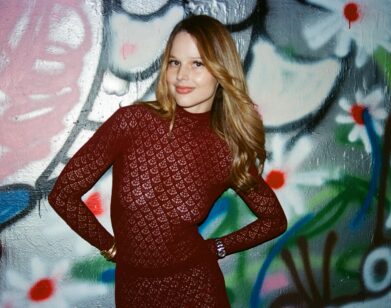Ghosts of Downtown
Peter Hujar’s photograph West Side High Rise (1976)—the likeness of a starkly illuminated apartment tower with hazy circles of light seeping from its grid of windows—is an uncanny document of urban living that gleans its seductive qualities from vacillating between projecting total isolation and inexorable comfort. To look back on Hujar’s work is to inevitably summon ghosts. Of his kinetic nudes, Nan Goldin has said they are “the closest I ever came to experience what it is to inhabit male flesh.” His portraits, of friends, lovers, drag queens, writers, and artists, all within the scrappy stock of the downtown New York demimonde of the ’70s and ’80s (and many of whom were lost to AIDS), are not just intimate studies in the modes of portraiture, but visceral affirmations of their subjects’ existence. His pitch black nighttime vistas of abandoned service stations, landfills, or the Christopher Street piers, a legendary cruising ground, are eerily gorgeous tableaux of a city in decay, yes, but also physical testimony to a long-gone New York bludgeoned by the city’s own M.O.: change.
Opening tonight, Paul Kasmin Gallery will mount, in collaboration with Pace/MacGill, “Lost Downtown,” an exhibition of over 20 of Hujar’s portraits of the personalities and raconteurs who populated his Lower East Side milieu before his death from AIDS in 1987. Candy Darling, Fran Lebowitz, Paul Thek, Susan Sontag, and his lover and mentee David Wojnarowicz count among the creative giants Hujar photographed in black-and-white with his medium format camera. “There’s a certain sort of nostalgia that’s going on right now in the throws of the endless gentrification that we’re all witnessing in this city,” remarks Mariska Nietzman, a director at Paul Kasmin. “Looking back to what New York was like 35, 40 years ago, Peter was very much a documenter of who and what, and where, was going on.”
Hujar’s prolific output might not have gained the visibility of art world superstars like Goldin or Robert Mapplethorpe, but the New Jersey native, who left school as a teen and cut his teeth apprenticing to commercial photographers and taking fashion portraiture for Harper’s Bazaar, worked with the human form inventively and with instinct. Manipulating poses in a no-frills studio environment, Hujar was deeply attuned to drawing out the respective heart and fire of his subjects. As his friend Vince Aletti recollects in an essay included in the exhibition’s companion catalog, also titled Lost Downtown and published through Steidl, “If Peter was rarely satisfied with the results, I was often astonished, especially when I knew the subject. Because Peter saw them, got them, with an understanding that was beyond words. Peter loved a fabulous façade, but he was only happy when he could get past it, dig deeper, and connect.”
“LOST DOWNTOWN” OPENS TONIGHT, JANUARY 28, AND WILL BE ON VIEW THROUGH FEBRUARY 27, 2016 AT PAUL KASMIN GALLERY IN NEW YORK.

